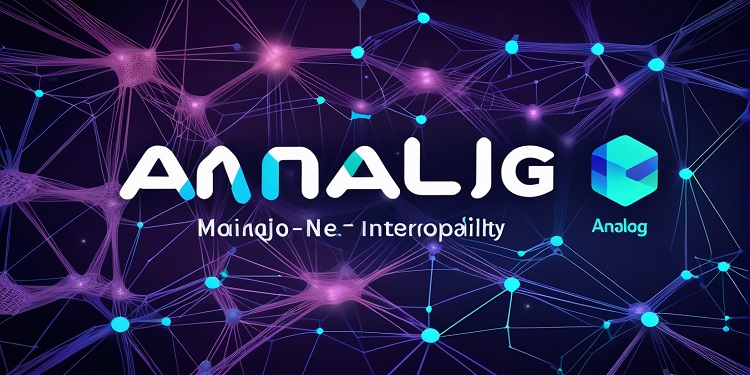 The largest upgrade to the Bitcoin network in the last four years has finally gone live. Through a tweak in the network’s signature mechanism, the Taproot upgrade will improve Bitcoin’s privacy and even cut transaction costs. However, it may cause problems for Ethereum, the king of cryptocurrencies and the ultimate dApp and DeFi network. Greg Maxwell, a core developer, suggested Taproot in January 2018. It was eventually overwhelmingly authorised by BTC miners in June of this year. The developers have been testing and reviewing the upgrade since then. It has now gone live on the BTC blockchain, having been triggered on November 14th.
The largest upgrade to the Bitcoin network in the last four years has finally gone live. Through a tweak in the network’s signature mechanism, the Taproot upgrade will improve Bitcoin’s privacy and even cut transaction costs. However, it may cause problems for Ethereum, the king of cryptocurrencies and the ultimate dApp and DeFi network. Greg Maxwell, a core developer, suggested Taproot in January 2018. It was eventually overwhelmingly authorised by BTC miners in June of this year. The developers have been testing and reviewing the upgrade since then. It has now gone live on the BTC blockchain, having been triggered on November 14th.
The goal is to make Bitcoin more private and secure for its users while also laying the groundwork for it to become more scalable. All of this, according to Alyse Killeen, contributes to Bitcoin’s utility. “Taproot matters,” said the founder and managing partner of Stillmark, a Bitcoin venture capital firm, “because it opens up a wide range of opportunities for entrepreneurs interested in growing bitcoin’s utility.”
Taproot’s activation has piqued the interest of Bitcoin developers and users, and rightly so. It might usher in a new era for Bitcoin, reigniting its status as the ultimate cryptocurrency. One of the most significant improvements will be in Bitcoin’s privacy. Taproot will finally alter the signature algorithm on which Bitcoin has been relying for years. Signatures on Bitcoin are similar to a fingerprint that you leave on every transaction you do using your wallet, tying you to that transaction.
We’ve depended on the Elliptic Curve Digital Signature Algorithm for years, which generates the signature from the private key that controls your wallet. We will now rely on Schnorr Signatures, which will increase the privacy and security of Bitcoin transactions. The most significant impact will be on multi-signature transactions, which would become virtually unreadable. The activation of Bitcoin Improvement Proposal (BIP) 340 will cause the change.
“You can kind of mask who you are a little bit better, which is excellent,” says Brandon Arvanaghi, a Bitcoin developer and the founder of corporate bitcoin investment platform Meow.It is crucial to clarify, however, that Schnorr Signatures will not turn Bitcoin into a privacy coin like Monero or make it difficult to trace your transactions. Taproot will also help to make smart contracts more common on Bitcoin. Smart contracts are currently available on Bitcoin, both on the core layer and on the Lightning Network.
However, few people consider Bitcoin to be a platform for smart contracts. In this area, Ethereum is the main player. In reality, smart contracts are the primary cause behind Ethereum’s meteoric rise. They are the driving force behind decentralized apps (dApps) and decentralized finance (DeFi), both of which have propelled Ethereum to its current dominance. They also paved the way for NFTs.
Taproot will make it easier to execute smart contracts on Bitcoin, making them less expensive and taking up less space on the BTC network. “The most significant thing for Taproot is smart contracts,” said Fred Thiel, CEO of Bitcoin miner Marathon Digital Holdings. “On the Ethereum network, it is already the primary driver of innovation. Smart contracts essentially let you to develop applications and enterprises on the blockchain.”
Taproot is the most dangerous threat to Ethereum based on this score. Already, Ethereum is experiencing competition from other cryptocurrency projects, with Polkadot, Solana, BSC, Cardano, Avalanche, Terra, and TRON seeing billions of dollars locked up in total value on their DeFi projects. Competition from Bitcoin, on the other hand, would be an entirely different dragon for the Vitalik Buterin-led project to defeat. Bitcoin is the most well-known initiative and already has a brand identity. It is also far more valuable and has the most followers. And this is before smart contracts become widely used on the Bitcoin network.
There are already attempts underway to bring DeFi to Bitcoin. One of the most prominent is by Jack Dorsey, the CEO of Twitter and a leading Bitcoin maximalist. He said in July that his other company, Square, would launch a new business “with the primary objective of making it easier to create non-custodial, permissionless, and decentralised financial systems.”
“Bitcoin is our primary focus,” he tweeted at the time. There are speculations that this company is scheduled to start at the same time that Taproot is activated (coincidence? I don’t believe so).
At long last, BIP341/342 (“taproot”) are active on Bitcoin mainnet. Thanks to everyone involved for getting us this far!
The real work will be in building wallets/protocols that build on top of it to make use of its advantages. I’m very excited to see where that takes us.
— Pieter Wuille (@pwuille) November 14, 2021
Apart from the advantages it provides, Taproot is also a symbol for Bitcoin, which is as essential. The previous time Bitcoin was upgraded was four years ago, and things did not go well. This was the Segregated Witness (SegWit) upgrade that sparked a civil war and internal strife in the Bitcoin community, ultimately leading to several Bitcoin iterations forking apart to start their own.
Arrington Capital’s Ninos Mansor wrote in his 29-page analysis on Taproot, “The overhaul could be a macro pivotal moment for evolvability and creativity, marrying the best of post-Segwit prudence with the dynamism of fresh beginnings. It is a meta-upgrade, an opportunity to reinvent what it implies to engage with bitcoin as a miner, developer, or complete node.”







